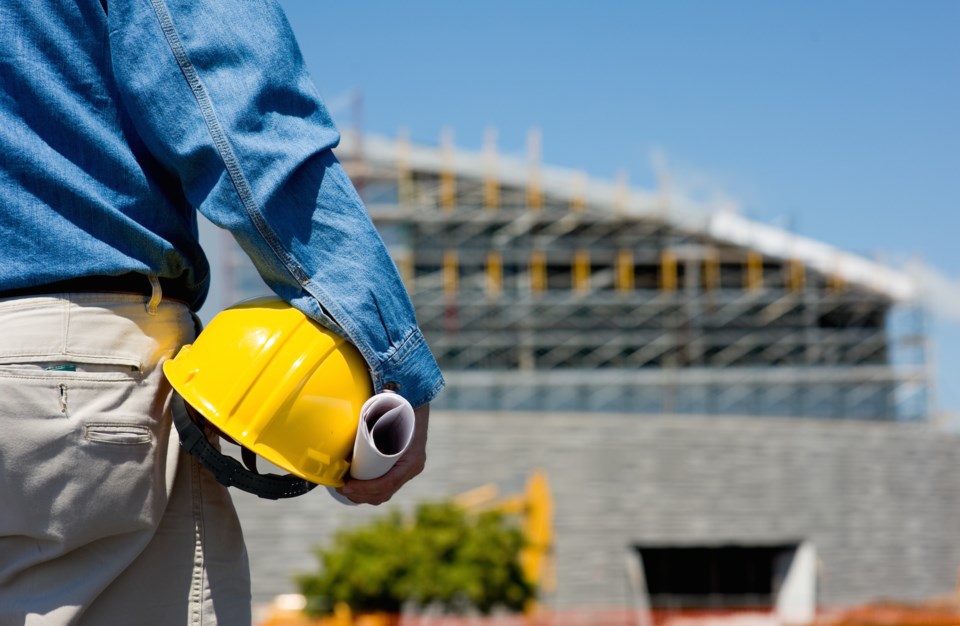Rising prices and supply chain challenges have been hurting consumers, businesses and now local governments, including Longmont.
That’s a big reason why long-awaited projects in Longmont are now looking like they will cost millions of dollars more than initially anticipated. Transportation improvements, water plant expansions and building remodels are some of the areas coming 50% or more over estimates from a year or two ago.
“We have faced, I think, as a global economy a lot of challenges in the last few years,” explained Becky Doyle, Longmont’s executive director of strategic integration.
Inflation for construction remains high, while increased labor costs mean both materials and the act of construction itself are more expensive.
Consumer inflation increased by 6.4% in the Denver Metro over the last year, according to the U.S. Bureau of Labor Statistics. For comparison, construction costs increased 7.7% in the Denver area in 2022, according to the Mortenson Cost Index, with prices for commodity-based materials up 30-125%.
Locally, there’s also a larger demand for construction projects due to the Marshall fire and grant-funded infrastructure projects.
“Frankly, the economic adjustments that have happened in the 2021-22 time frame just were not foreseeable,” Doyle said.
Longmont Water and Waste Department Director Bob Allen explained that Longmont initially estimates project costs using standards of practice, but it’s during the design phase that the city’s figures out the real costs and possible impacts of inflation.
“For big projects, the design phase can take a year or even more so that gives us quite a bit of time to react, and we do that,” he said. “We will very often add to project budgets for that reason.”
The contingency budget for these types of issues were not sufficient for the type of economic adjustment Longmont is currently seeing, the city officials explained.
The city plans for inflation, but that’s been based on historical experience. Before the record inflation the U.S. has experienced over the past year or so, the city allotted 3% for inflation, which is higher than average annual inflation rates.
“We thought we were being conservative at the 3% level and when construction prices went up 11% year over year, that was very far outside of what our typical planning is,” Doyle said.
Allen emphasized that the city — which does not specialize in economic forecasting — relies on consultants and contractors to analyze the construction market to get a realistic budget, but even the industry experts were surprised by the economic upheaval last year.
“In this case, nobody really had that right,” he said. “That’s why we saw all these supply chain disruptions that were not predicted. The Federal Reserve didn’t predict this, you know, the stock market didn’t predict this. A lot of people didn’t predict it … and we’re not a group of economists who analyze this all the time.”
To make up for the budget shortfalls, city staff are evaluating capital projects to figure out which to delay or eliminate. Grants are also an option to close the funding gaps, but many of the costliest projects already have some amount of grant funding — meaning the cash to move forward may have to come from cutting back spending in other areas instead.
Doyle added that for future planning, the city will be updating inflation expectations. They haven’t decided on a specific number, but she said it will definitely be higher.



